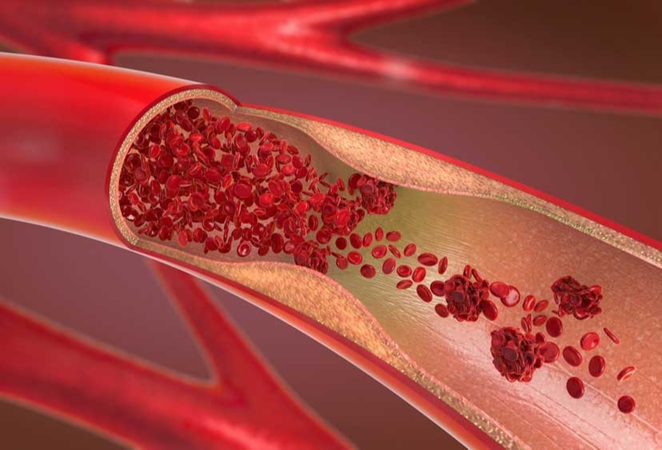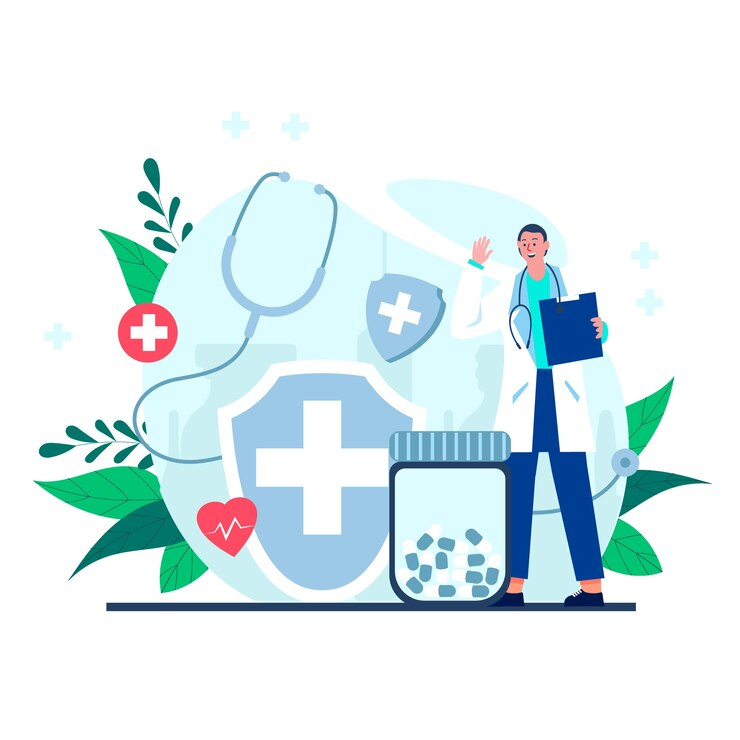Blood clots are a natural and essential part of the body’s healing process—they stop bleeding when we get injured. However, when clots form abnormally inside blood vessels, they can become dangerous, leading to serious conditions like deep vein thrombosis (DVT), pulmonary embolism (PE), or stroke.
How Do Blood Clots Form?
Blood clotting (coagulation) is a complex process where platelets and proteins in plasma work together to seal injuries. Problems arise when clots develop:
- Without an injury (abnormal clotting)
- In deep veins (DVT)
- When they travel to vital organs (embolism)
Top Causes of Abnormal Blood Clots
1. Prolonged Immobility
- Sitting for long hours (flights, bed rest) slows blood flow, raising clot risk.
- At-risk groups: Frequent travelers, hospitalized patients, desk workers.
2. Medical Conditions
- Atrial fibrillation (AFib) – Irregular heartbeat can cause clots in the heart.
- Cancer – Some tumors release clot-promoting substances.
- Autoimmune diseases (e.g., lupus) – Increase inflammation and clotting.
3. Medications & Hormones
- Birth control pills/HRT – Estrogen raises clotting factors.
- Chemotherapy – Can damage blood vessels.
4. Genetics & Family History
- Inherited disorders like Factor V Leiden or Protein C/S deficiency disrupt normal clotting.
5. Lifestyle Factors
- Smoking – Damages blood vessels.
- Obesity – Increases pressure on veins.
- Dehydration – Thickens blood.
6. Injury or Surgery
- Major trauma, fractures, or surgeries (especially hip/knee replacements) trigger clotting.
Dangerous Complications of Blood Clots
| Clot Location | Condition | Risks |
|---|---|---|
| Legs/Arms | Deep Vein Thrombosis (DVT) | Swelling, pain, PE risk |
| Lungs | Pulmonary Embolism (PE) | Chest pain, shortness of breath, fatal if large |
| Brain | Stroke | Sudden numbness, speech trouble |
| Heart | Heart Attack | Chest pressure, arm pain |
Warning Signs You Shouldn’t Ignore
Seek immediate medical help if you experience:
- Leg: Swelling, redness, warmth, or cramping (DVT signs).
- Chest: Sharp pain, coughing blood, rapid heartbeat (PE symptoms).
- Brain: Sudden confusion, slurred speech (stroke indicators).
How to Prevent Blood Clots
For Everyone
Stay active – Walk every 1-2 hours if sitting long.
Hydrate well – Thins blood naturally.
Maintain a healthy weight – Reduces vein pressure.
Quit smoking – Improves circulation.
For High-Risk Individuals
✔ Compression stockings – Improve blood flow in legs.
✔ Blood thinners (if prescribed) – Like aspirin or warfarin.
✔ Leg exercises – Ankle rotations, calf raises.
When to See a Doctor
Consult a healthcare provider if you:
- Have a family history of clots.
- Plan long flights or bed rest (may need preventive meds).
- Notice unexplained swelling or pain in limbs.
Final Thoughts
While blood clots can be life-threatening, understanding their causes and early symptoms can save lives. Simple lifestyle changes and awareness significantly reduce risks.
Have questions about clotting disorders? Share them in the comments!



Leave a Reply